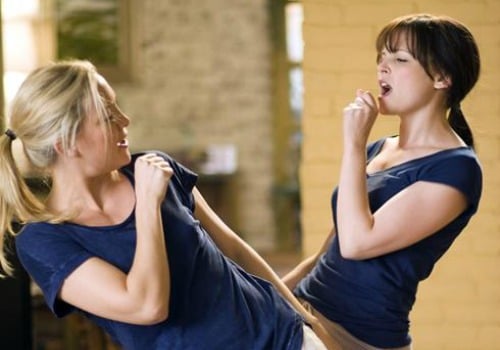
Image: iStock. By Sarrah Chaoukion.
I dance a lot—but it’s probably not the kind of movement that most people think of when they hear the word ‘dance’.
It doesn’t look pretty. In fact, a lot of times, it is aesthetically awkward and non-rhythmic.
That’s because unlike popular versions of dance, this style is not about aesthetics. It’s not about the performance or even the audience. It’s about the mover — the dancer and their process.
I danced a lot in my younger years, but it was different. My early relationship with dance was not exactly a healthy dynamic. It was one influenced by many things—mostly advertising and media, where a woman is often portrayed as a product for a man, her worth determined by the value he gives to her.
Back then, I played along in this dynamic without giving much thought to how my interactions with men were shaping and moulding my inner belief system—but they were. If I didn’t get the attention I was passively seeking from men, my self-worth plummeted. If I wasn’t desired, I concluded that I must not be worthy of love.
I would question why I wasn’t found desirable, and my answer was always that I was not enough — not sexy enough, not pretty enough, not witty enough. I would then project that feeling of lack onto the women around me, judging those who were receiving the attention I desired.
WATCH: Simple yoga steps to try on your lunch break. (Post continues after video.)






























































































